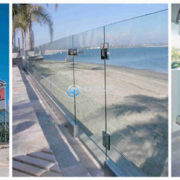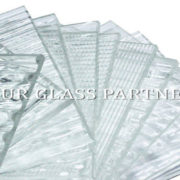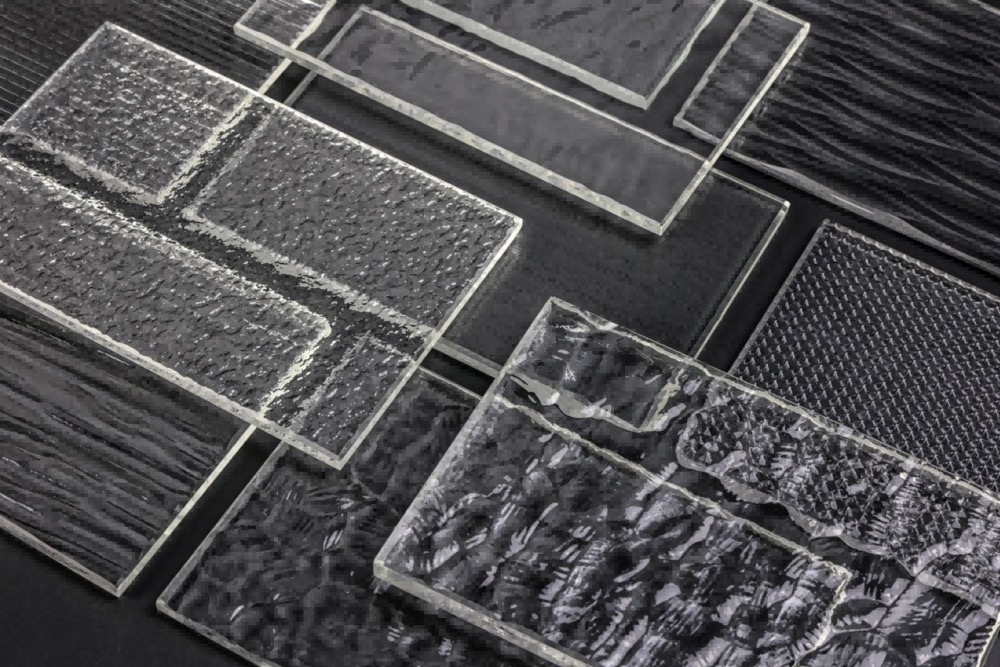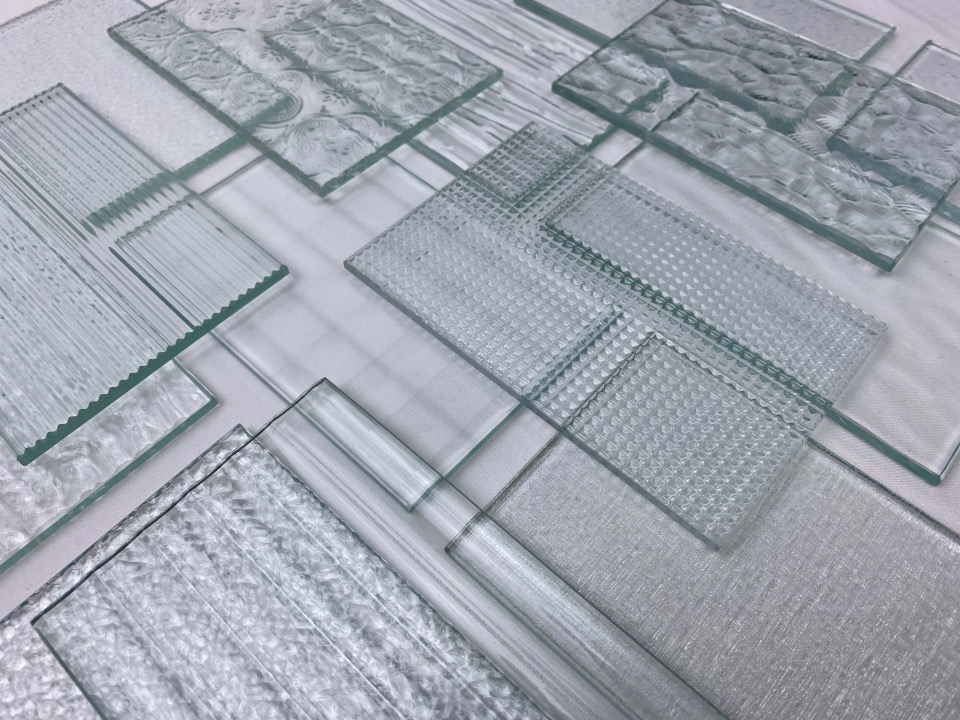Reasons for strengthening glass breakage:
The tempered glass surface is a layer of compressive stress, and the internal tensile stress layer corresponds to the balance state. When the surface flaw extends to the internal tensile stress layer, it will cause cracking.
This type of scar can be divided into several types:
Scratches are caused by hard objects, sparks during welding, flying objects, etc.
Glass damage during handling and storage.
Damage to the glass when it is embedded.
Thermal stress and damage to system stress.
?External force impact.
It is caused by impurities that occasionally exist in the glass.
unknown reason.
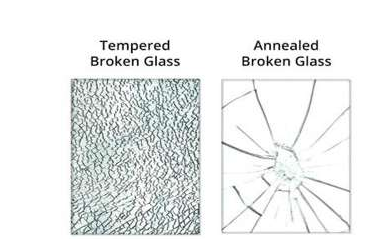
Characteristics of tempered glass rupture:
As long as the tempered glass is partially damaged and ruptured, it will lose the balance of stress and cause full fragmentation. Some of the fragments are scattered by granules, and some are still attached together to form a piece of fragmented aggregate. When a rupture occurs, a person in the vicinity may be hit by rain-like particles or may be hit by a large piece of aggregate. If the fragmentation block is large enough, it may hurt the human body.
Reaming or drilling of tempered glass:
After the glass is cut or drilled, the strength of the surrounding structure will be greatly weakened. In the part subjected to external force, such processing should be avoided as much as possible; if it is not, the strengthened laminated glass should be used.
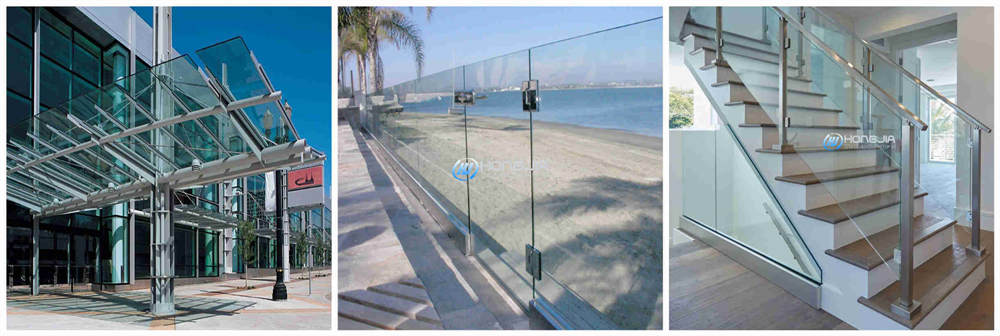
When tempered glass is used in each of the following locations, it is desirable to use reinforced laminated glass:
The top of the patio is said to be used in horizontal or near-horizontal glass, such as skylights and skylights.
The outer wall of the building is used vertically. If it falls, it will hurt the objects on the ground and the glass of the human body.
Armrests or guardrails, such as glass may cause the body or objects to fall when broken.

